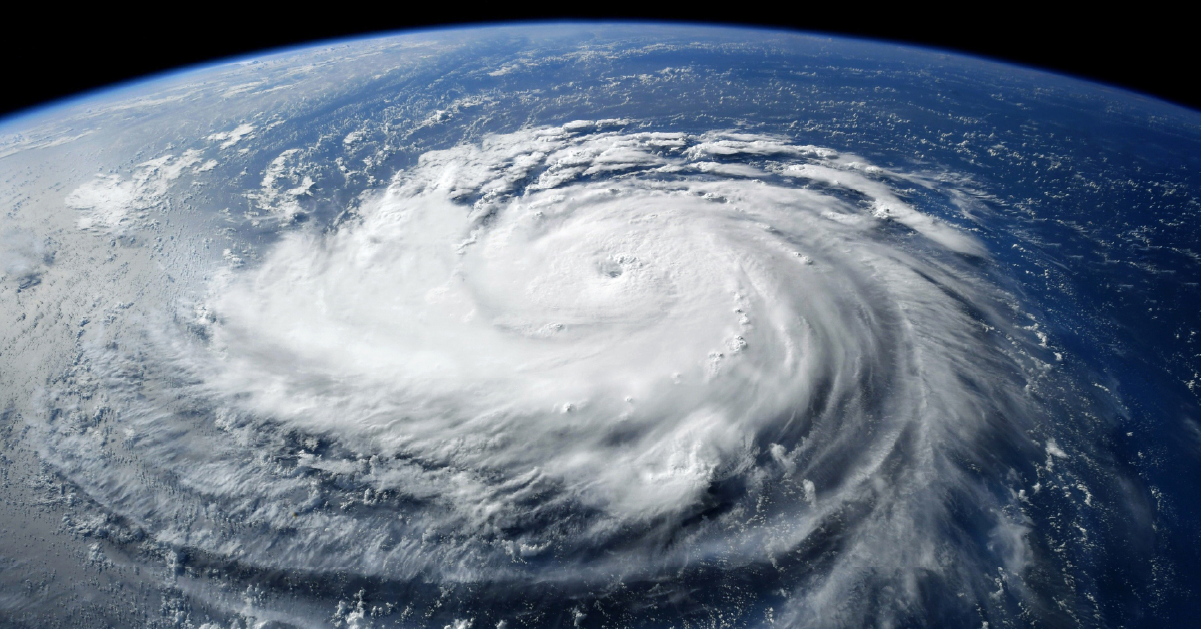The words “weather” and “climate” often get used interchangeably, but they’re not the same thing. Weather shows up in the daily conditions we notice, such as heat waves, freezing temperatures, wind, sunshine, snow and more. Climate equals the long-term changes in weather affecting a given place. It takes decades to measure, but scientists around the world concur that our planet is warming quickly.
A website published by NASA notes, “The planet's average surface temperature has risen about 2 degrees Fahrenheit (1 degree Celsius) since the late 19th century. ... Most of the warming occurred in the past 40 years, with the seven most recent years being the warmest.”
Why worry about climate? Because it impacts events like wildfire, drought and storm activity, and those events impact water utilities.
More weather, more worries
“Due to global warming, global climate models predict hurricanes will likely cause more intense rainfall and have an increased coastal flood risk due to higher storm surge caused by rising seas,” wrote NASA scientist Angela Colbert, Ph.D. in an article on hurricanes in a changing climate.
That’s bad news for water providers. In a report titled Hurricane-Damaged Drinking Water and Wastewater Facilities: Impacts, Needs and Response, Claudia Copeland, resources and environmental policy specialist with the Congressional Research Service, noted that a few days after Hurricane Katrina, the EPA estimated that some 1,220 drinking water systems and more than 200 wastewater treatment facilities in Louisiana, Mississippi, and Alabama had suffered detrimental impacts.
“In Biloxi, for example, officials were unable to re-pressurize the drinking water system because of broken and inaccessible water mains and valves,” Copeland wrote. AMI can help water utilities prioritize water line repairs by serving as a backhaul network for an acoustic leak-detection system.
Speeding leak detection and pipe repairs
Acoustic leak detection systems listen for the sound vibrations made when water escapes from pipes. This sound carries along pipe walls, and acoustic leak detection systems record it as data. In leading systems like the one Aclara uses, the data is time-stamped and comes from several known points within the water network. Given these data points, the software can then help utility workers correlate the location of the problem. That enables utility managers to plan repair efforts to achieve the greatest good, a crucial advantage when the entire system has been storm-battered.
Finding and repairing leaks isn't the only way an acoustic leak detection system can make a system more resilient. In areas struggling with water supply issues like California – a state that’s suffered eight years of drought since 2007 – acoustic leak detection can help water providers more efficiently replace aging infrastructure and stop leaks before they create big problems like sinkholes and street closings.
Along with making leaks easier to fix and avoiding catastrophic water main failures, acoustic leak detection is a money saver. The City of Elmhurst, Ill., saw this first-hand when it implemented acoustic leak detection while it installed an AMI system throughout town. Before AMI and acoustics, this community was losing 20% of its $1.4 million annual water purchase, and three-quarters of that loss was due to system leaks. The rest came from under-registering meters.
In addition to being a financial hit, this amount of loss was a compliance problem because the Illinois Department of Natural Resources requires that water utilities reduce nonrevenue water to 10% or less. AMI and acoustic leak detection helped the city meet its regulatory requirements and reduce purchased water costs by $1,000,000 in 2019. The city also saved more than $500,000 in fixed network cost by having meters and leak detection on the same RF network. You can read more about this installation by downloading the case study.
More than meter reads
When scrambling to shore up a storm-damaged water system, meter reading may be the last thing on a utility manager’s mind. However, water utilities with the right kind of advanced metering infrastructure (AMI) in place have found that it can help with service restoration and more.
One such organization is the New York City Department of Environmental Protection (DEP), the largest public water system in North America. There, some 820,000 hook-ups serving nine million residents are linked to the utility via a fixed-network RF metering system.
Although this utility’s service territory was among the worst hit by Hurricane Sandy, only 2,000 of the water utility’s 820,000 AMI meter transmission units lost contact with the head-end system, and most of those were attached to buildings that no longer remained standing. The utility had about 350 data collection units in the field to collect meter readings and relay them back to the utility. Of those, only 12 lost contact, largely because they lost power.
Given the reliability and resilience of the AMI system, DEP used metering data to track areas where zero consumption was recorded, indicating that customers had evacuated their premises and saving first responders vital time and energy in their rescue efforts. The utility also found large leaks by flagging residences with high water consumption, which helped speed up repairs and service restoration efforts. Isn’t that what reliability is all about?
Learn more about how AMI helped New York through Hurricane Sandy.

This blog was originally published in 2018 and updated in July, 2025

